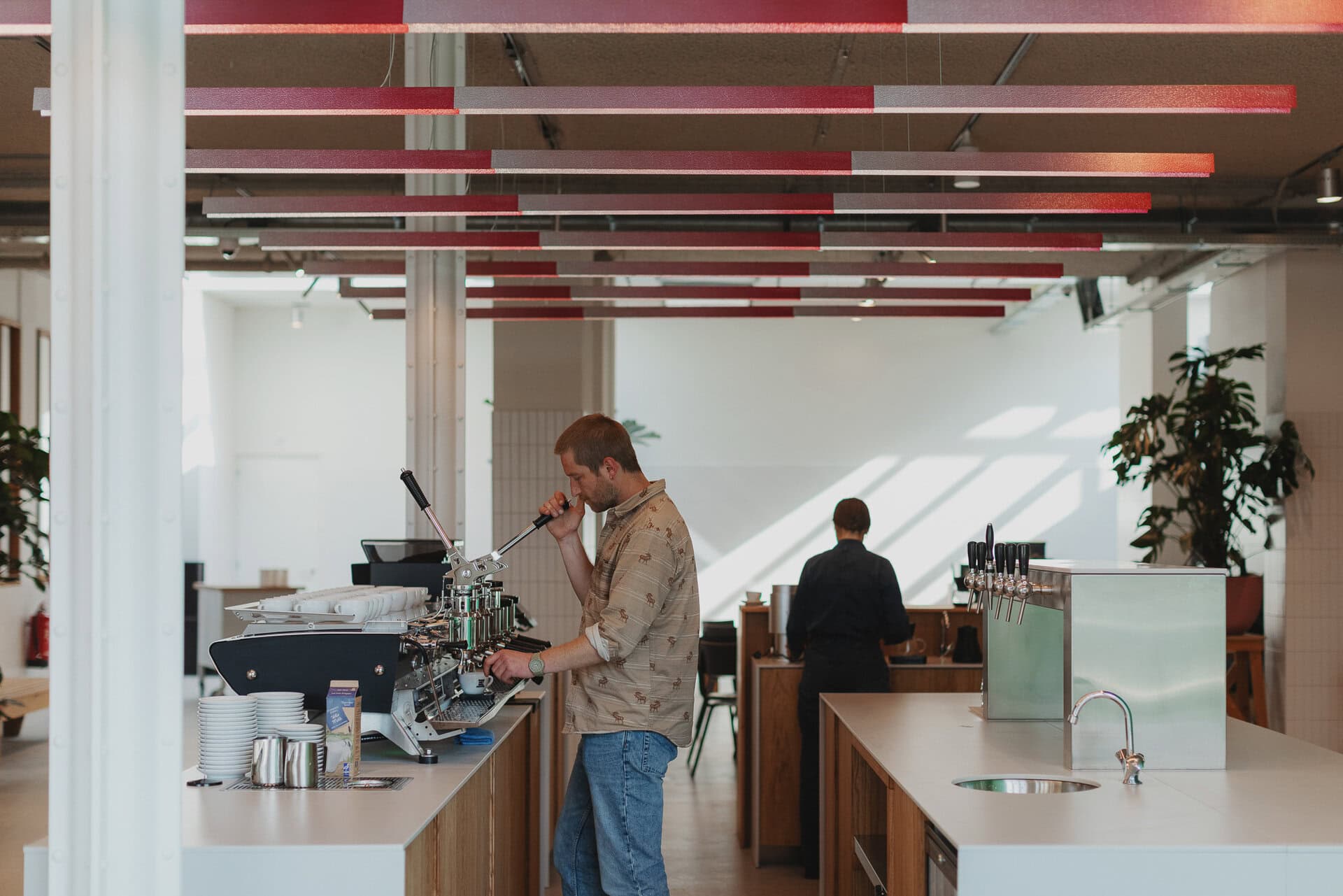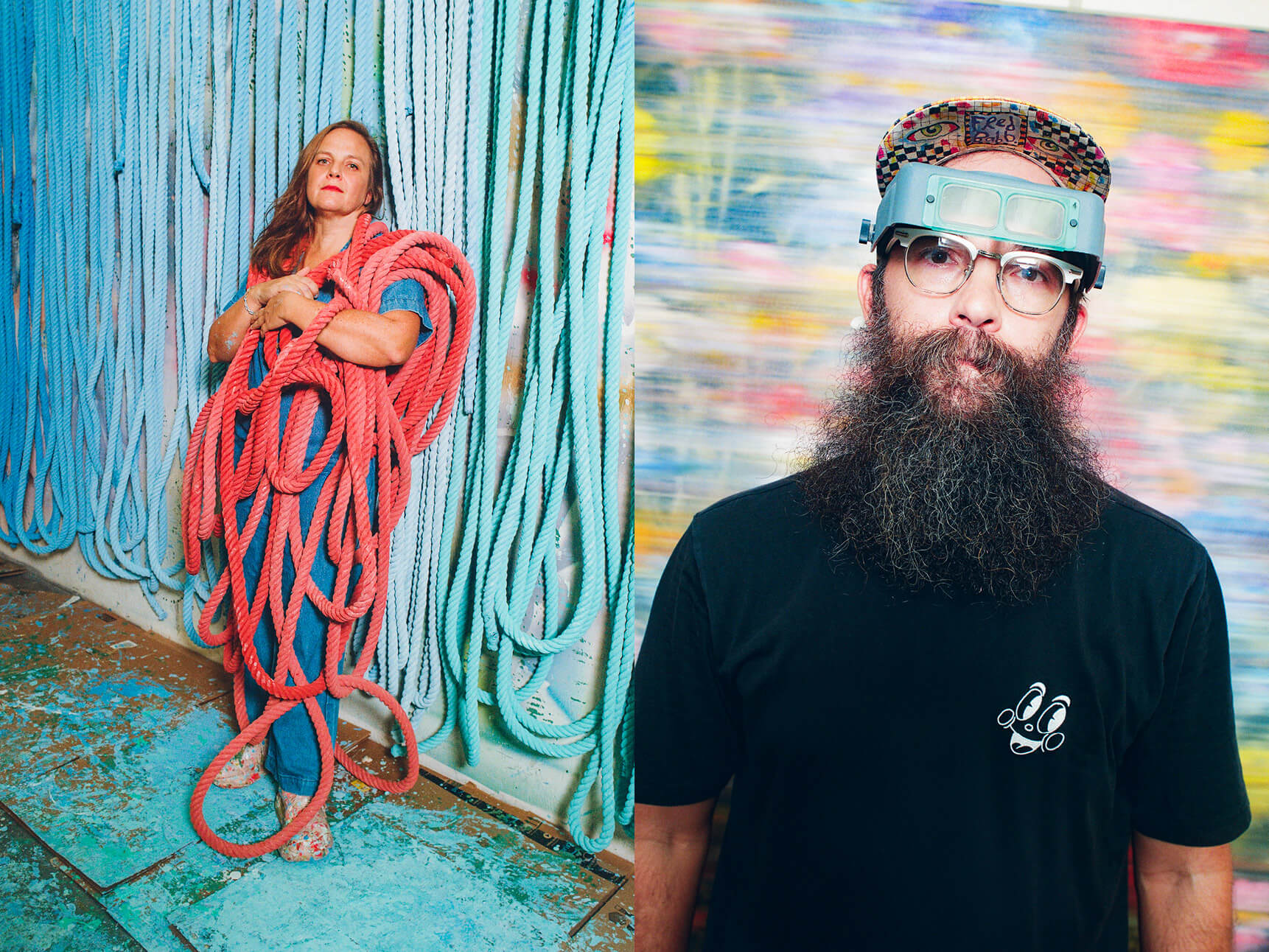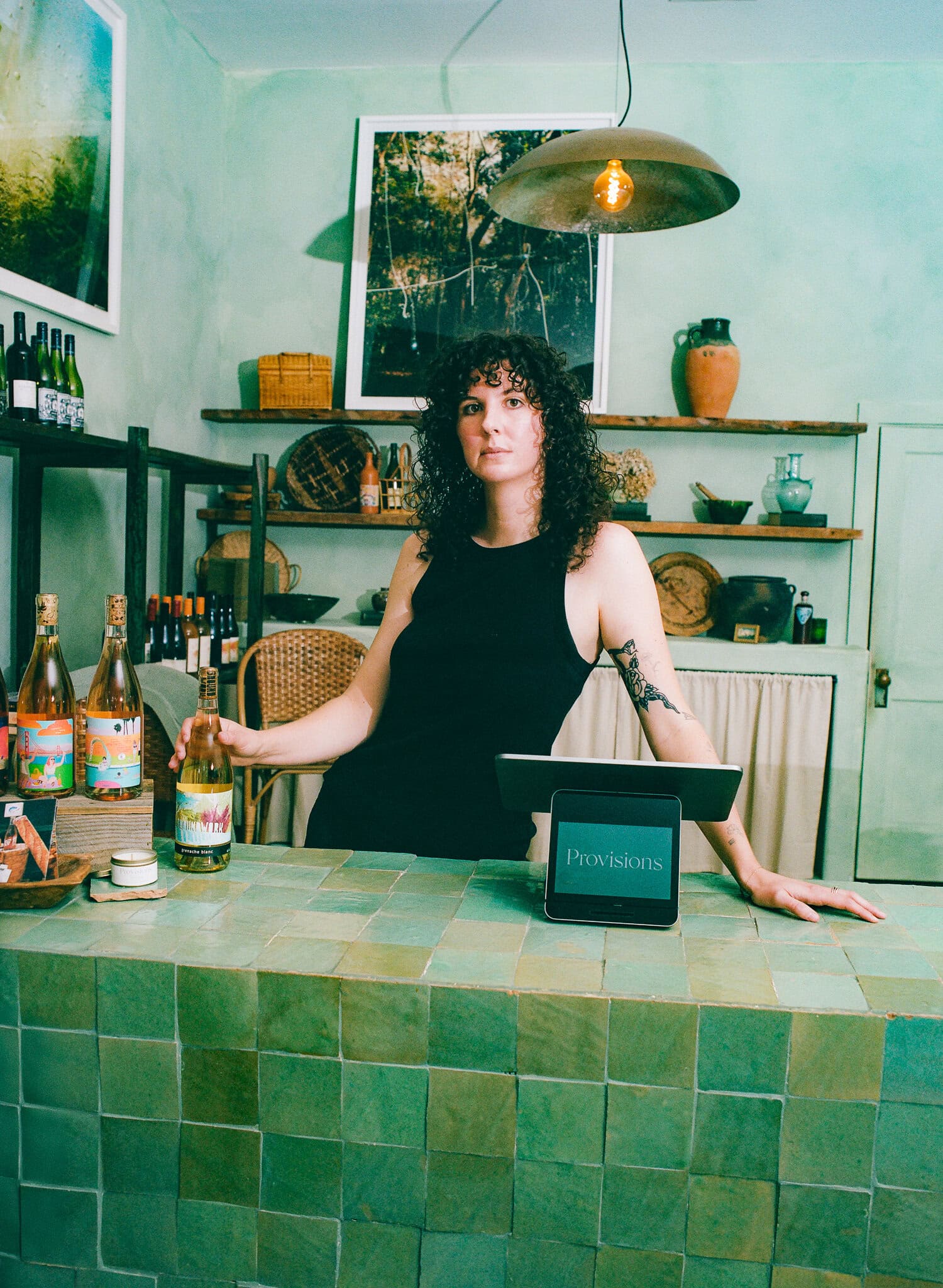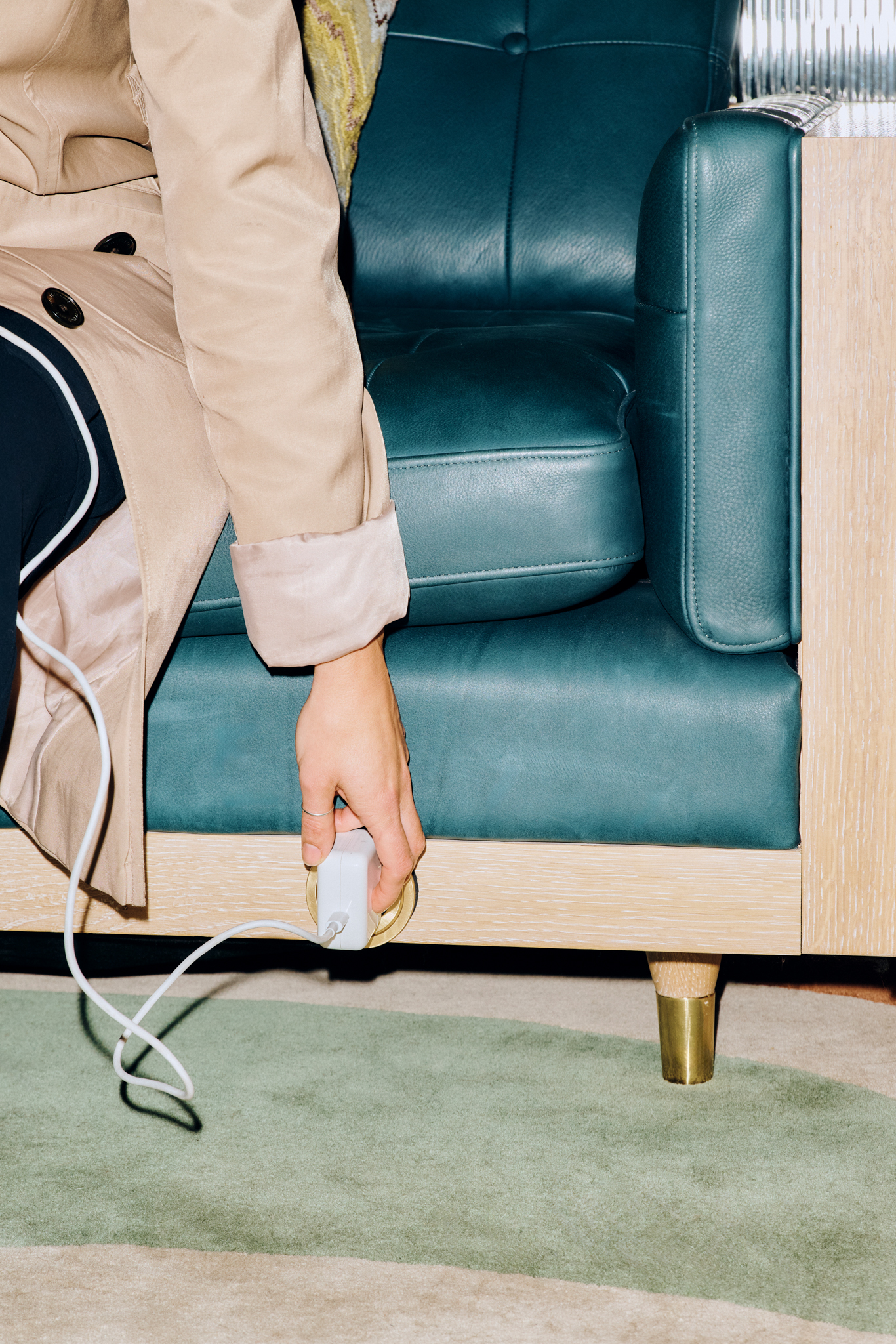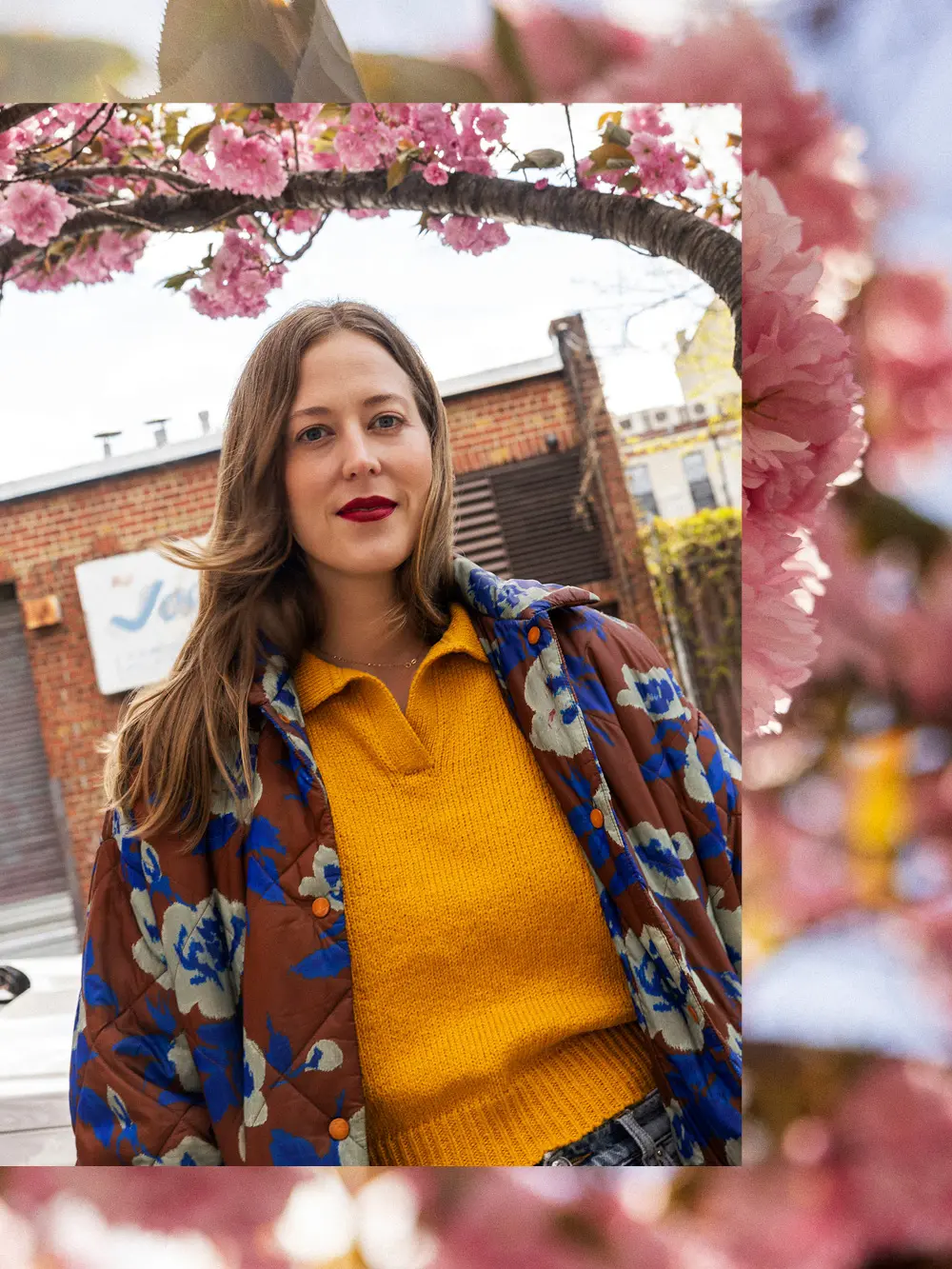
Writer and editor Elana Frankel talks with the co-founder of Gossamer about starting a cannabis business and the habits that have made her a highly successful woman in weed.
Verena von Pfetten lives by her own rules. The co-founder of Gossamer, a cannabis lifestyle brand with a biannual print publication, has redefined weed culture for the modern consumer and entrepreneurship in the industry.
Launched in 2018 with her partner David Weiner, Gossamer set itself apart as being “for people who also smoke weed,” focusing on conversations with casual everyday cannabis users and debunking the typical stoner cliché. In doing so, von Pfetten has given voice to a broad cannabis community.
Collaborations have been vital to Gossamer’s success, with partnerships ranging from limited-edition chef-made edibles to exclusive rugs created with the design firm Studio Proba. More recently, they kicked off a #tooktoomuch hotline for people who find themselves “too high” and in need of an easy comedown in the form of soothing sounds from actor Adam Pally.
In every sense, von Pfetten’s approach to work is never by the book. So forget everything you know about the plant and take a page from the work (and weed) habits that have helped von Pfetten succeed by her own standards—and keep Gossamer ever-evolving at a slow and steady high.
“Anxiety is probably what drives half of entrepreneurs out there. You can't make it go away. But what you can do is understand your experience of it and just get comfortable with it and try and reframe it.”
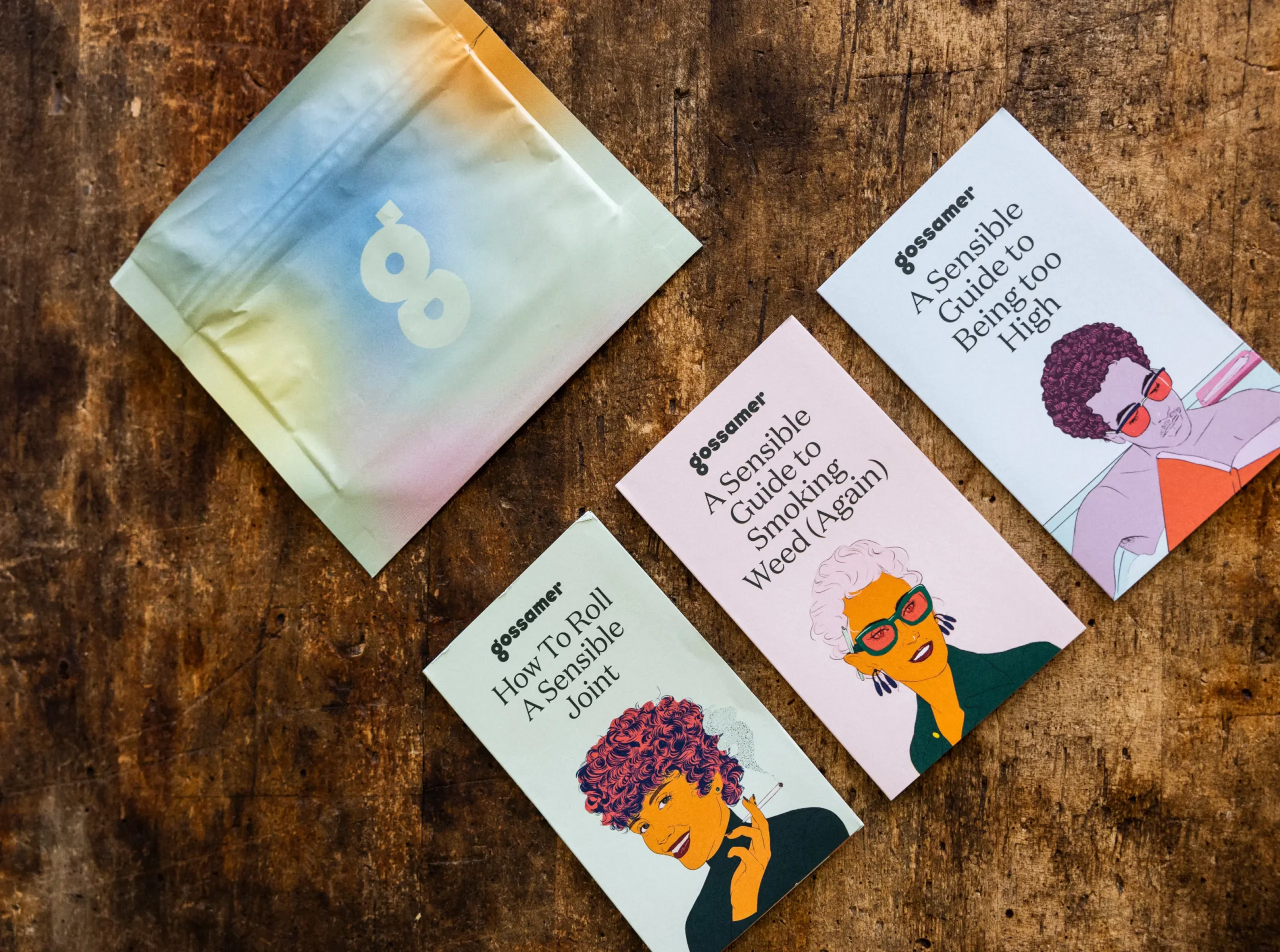
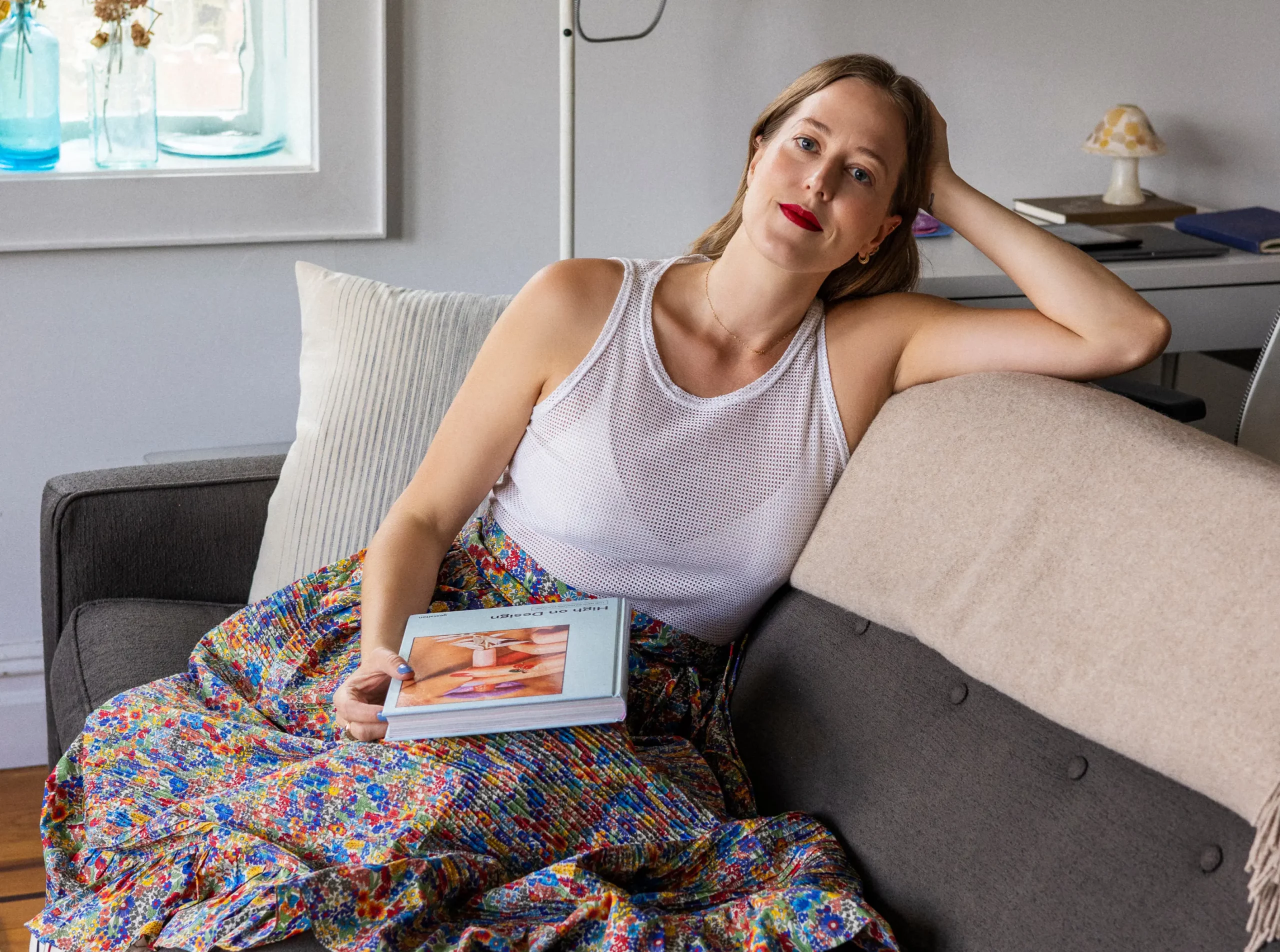
On staying focused on what’s important.
“It’s really hard because opportunities always present themselves. The problem is more ideas and less bandwidth and less ability to execute. It’s important to always keep two to three big-picture priorities that all other decisions are oriented towards. That doesn’t mean you can’t experiment and play around with a wild, creative idea; it’s a question of examining that idea and saying, okay, what does it do for us with regards to priority one, two, three. If it’s not going to take anything away from them then go for it. Keeping a north star that represents what we want to be helps make decisions a lot easier. I have a co-founder, David, and sometimes we disagree on things. And the way we often break those ties? We go back to the brand and ask: What does Gossamer want to do? It’s not necessarily about our likes or dislikes or wants or desires. We have such a clear perspective on what Gossamer is so the brand itself makes the decision.”
On recharging creativity.
“I am most creative when I turn my brain off, when I give myself the space to flow freely. Often I do that with cannabis. I smoke a joint, go for a walk, maybe end up at the grocery store and pick up some ingredients for dinner. My brain is doing nothing except inhabiting the moment. It’s usually at the end of that experience when I feel like all of a sudden I have had enough rest to reinvigorate and re-energize and think about my business. When you’re an entrepreneur, you think about business constantly, like every single second of every waking hour, sometimes every second of every sleeping hour. It exhausts so much of your energy that could be going towards creativity. Cannabis is absolutely in my arsenal. It can take some time and it can also take repetition. So give yourself the space in whatever form that looks like to let your brain come back to life.”
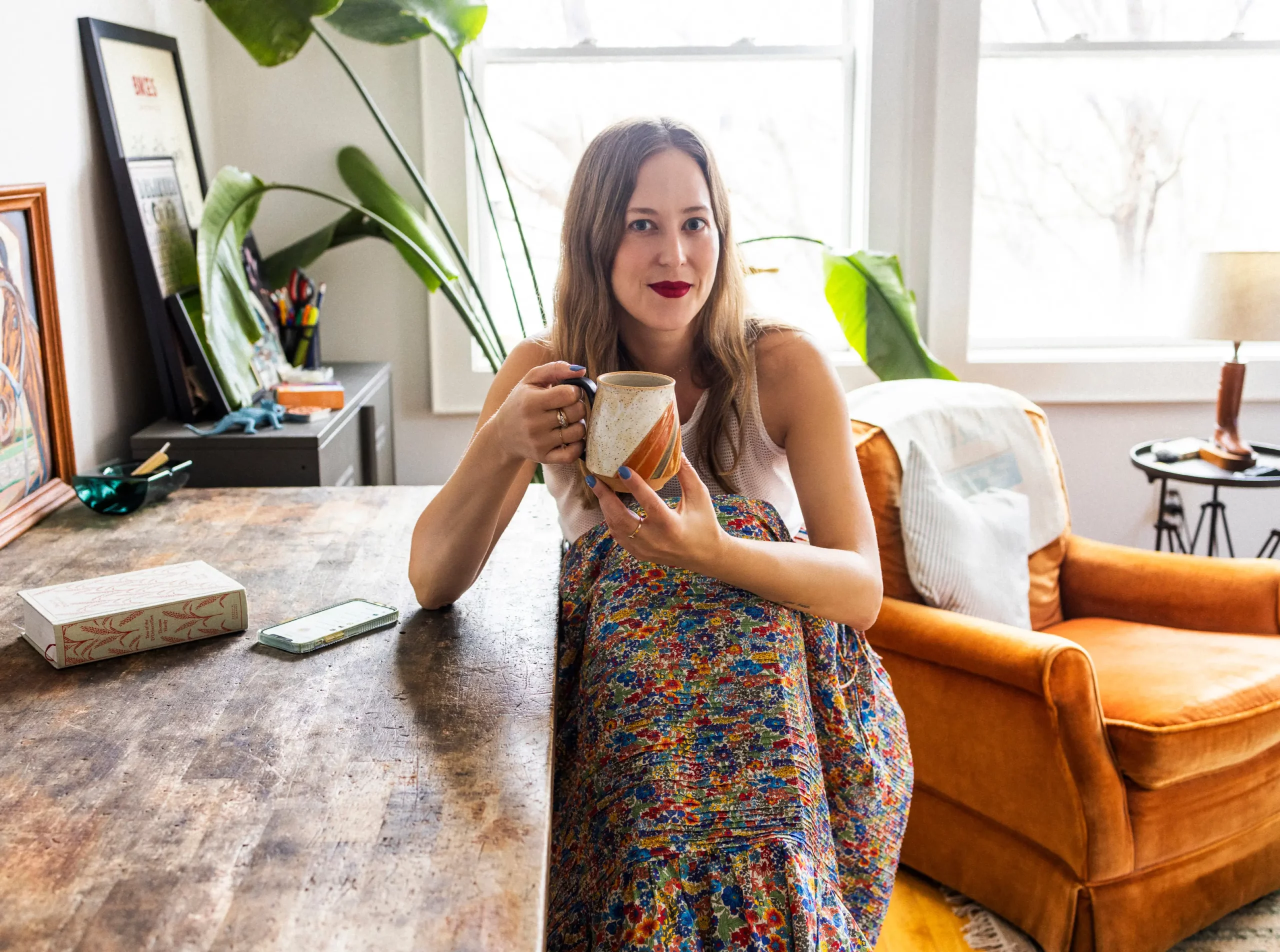
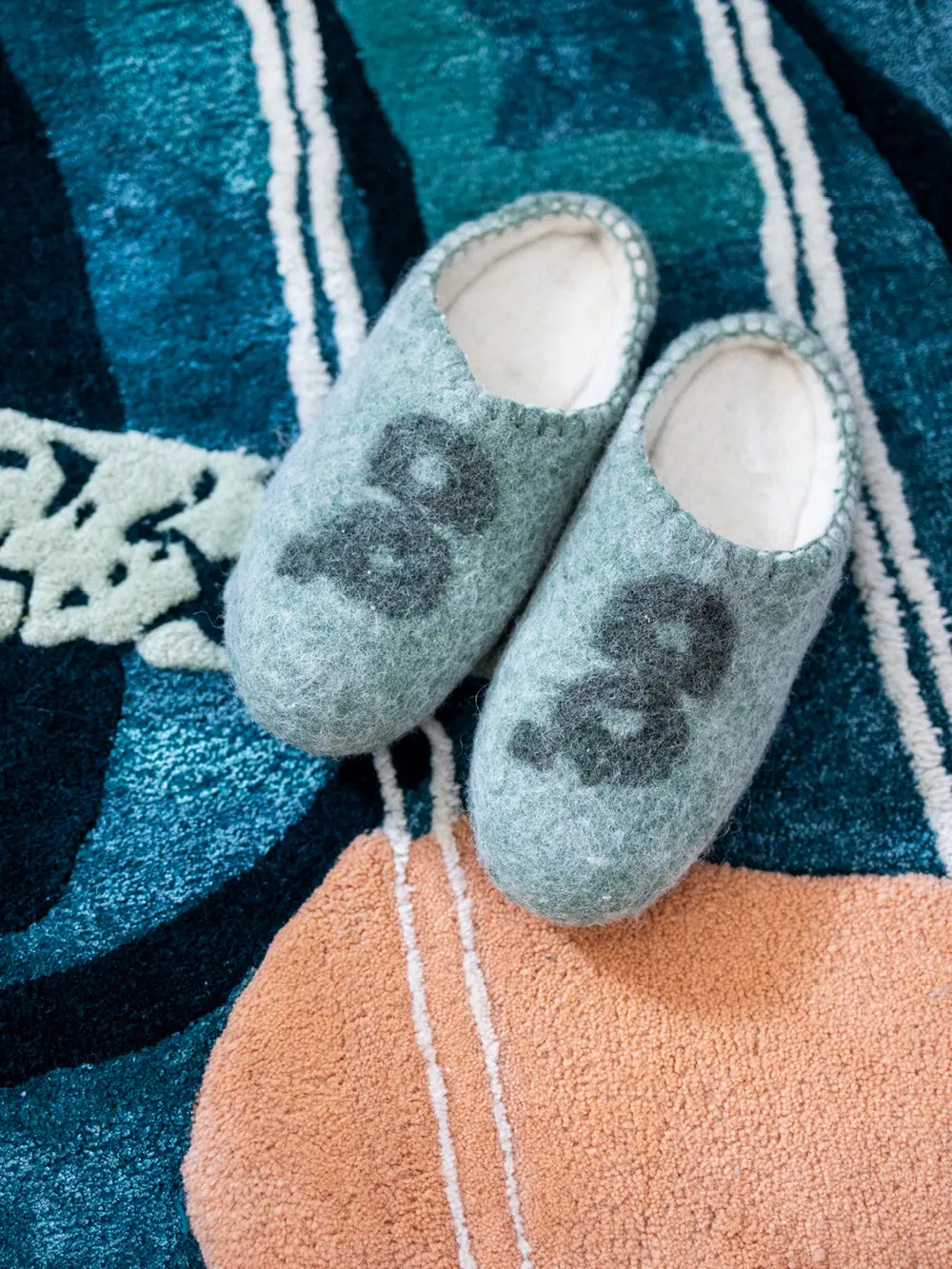
On managing anxiety.
“I have smoked weed for 26 years. In terms of my own anxiety and comfort level with being high, it’s an understanding. I know what it feels like to be too high in almost every frame of reference, whether that’s duration, a physical or mental feeling. I am comfortable enough in that space because I am familiar with that space. What I tell myself is this: You’ve been here before. It’s going to go away in a bit. Just try and use this space for whatever it is. And if that means that all I can do is lay on the couch and stare at the light moving across the wall, then that’s okay. I think the same thing goes with entrepreneurship. It can be really terrifying. And I don’t think you ever get to a point where you’re certain things can’t go wrong. What you do get used to is knowing that maybe you did fuck up and that’s okay. There will be another day and a reason or a way to make it better, or that you learn something from it, or that it’s just the nature of running a business. Anxiety is probably what drives half of entrepreneurs out there. You can’t make it go away. But what you can do is understand your experience of it and just get comfortable with it and try and reframe it as much as possible.”
On finding her own joy and euphoria with work.
“The one thing that never, ever, ever gets old is being able to dream up something and then physically experience it. There is something so joyful about having an idea and then seeing its incarnation. After two years of a pandemic where many of us worked from home, sitting in front of a computer and hitting keys day in and day out for weeks and weeks on end, you start to wonder what exactly it is that you’re doing and what value you could possibly be adding to the world. So the ability to point to a physical object that I can share with people brings me a lot of joy. We should allow people to find joy in whatever form. Cannabis can give it to them.”
And so does Gossamer.
Elana Frankel is a creative entrepreneur. She is the founding editor-in-chief of Women and Weed magazine and author of the book with the same title. Frankel launched indigoandhaze.com in 2016 and after 6 years, she will debut her seed genetics, Rosedale Kush, a cultivar with a balanced cannabinoid profile because discerning consumers know that there is more to cannabis than just THC + CBD.
Editor: Dickson Wong
Photographer: Jonathan Hökklo
DISCOVER MORE
For more on Gossamer
